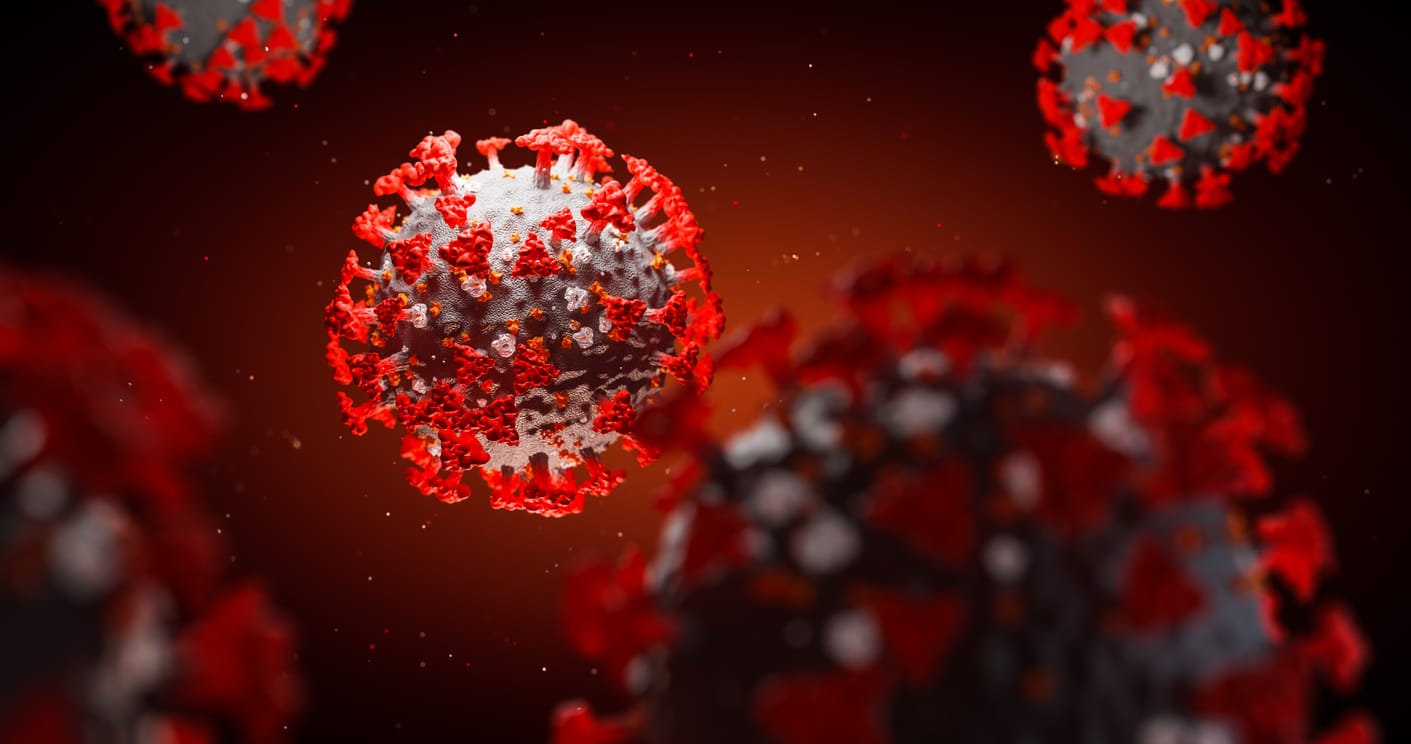As the coronavirus (COVID-19) pandemic continues to spread around the globe, everyone is talking about it. You can’t turn on the radio, open your laptop, or check your phone without a flood of information — and it’s not always accurate. So how are you supposed to know who to trust?
The World Health Organization (WHO) has gone as far as calling the false information around the pandemic an “infodemic.” They define this as “an over-abundance of information — some accurate and some not — that makes it hard for people to find trustworthy sources and reliable guidance when they need it.”
Thankfully, trusted healthcare professionals and government officials are providing accurate, timely, and reliable information. If you’re uncertain about where to turn for more information on COVID-19, start with these resources.
Global COVID-19 information resources
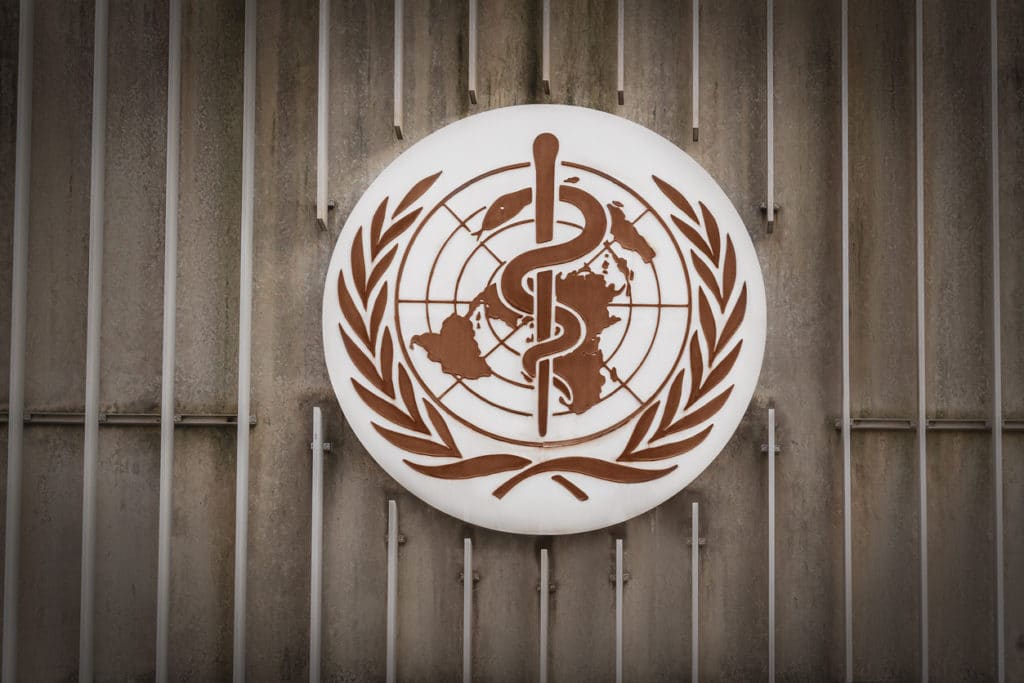
The first cases of coronavirus appeared in late 2019 in Wuhan, China. Healthcare workers soon reported the unusual new disease to the World Health Organization (WHO) office in China. COVID-19 is a global pandemic, which means organizations around the world are tracking the developments.
For international updates about COVID-19, look to resources from the WHO. The WHO is a subgroup of the United Nations responsible for international public health. One of the primary functions of the WHO is to lead its partners in responding to global health emergencies. This is why they are considered the authority on global news concerning COVID-19. The WHO’s COVID-19 information center can be found here.
Other ways to access the WHO’s updates and information include:
Federal COVID-19 information resources
The first case of COVID-19 was reported in the United States in January 2020. Since then, government officials and health organizations have been closely tracking the growing number of cases.
1) Centers for Disease Control and Prevention (CDC)
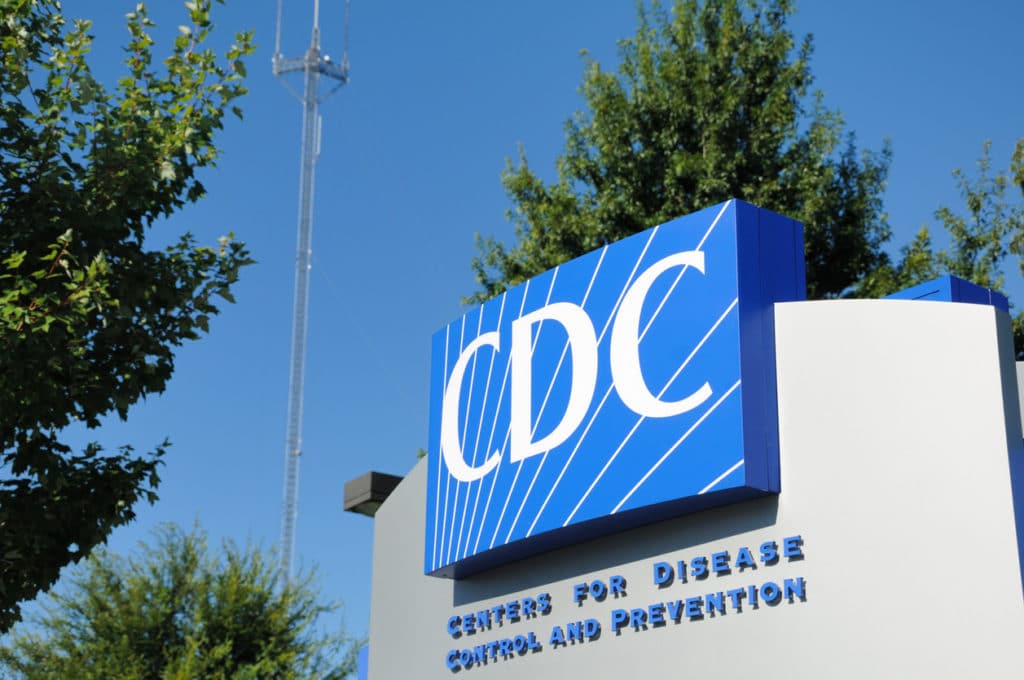
The CDC is part of the United States Department of Health and Human Services (HHS). Its purpose is to protect Americans from health threats both here and abroad. The CDC’s COVID-19 information center can be found here. Other ways to follow the CDC’s updates and information include:
2) The United States Food and Drug Administration (FDA)
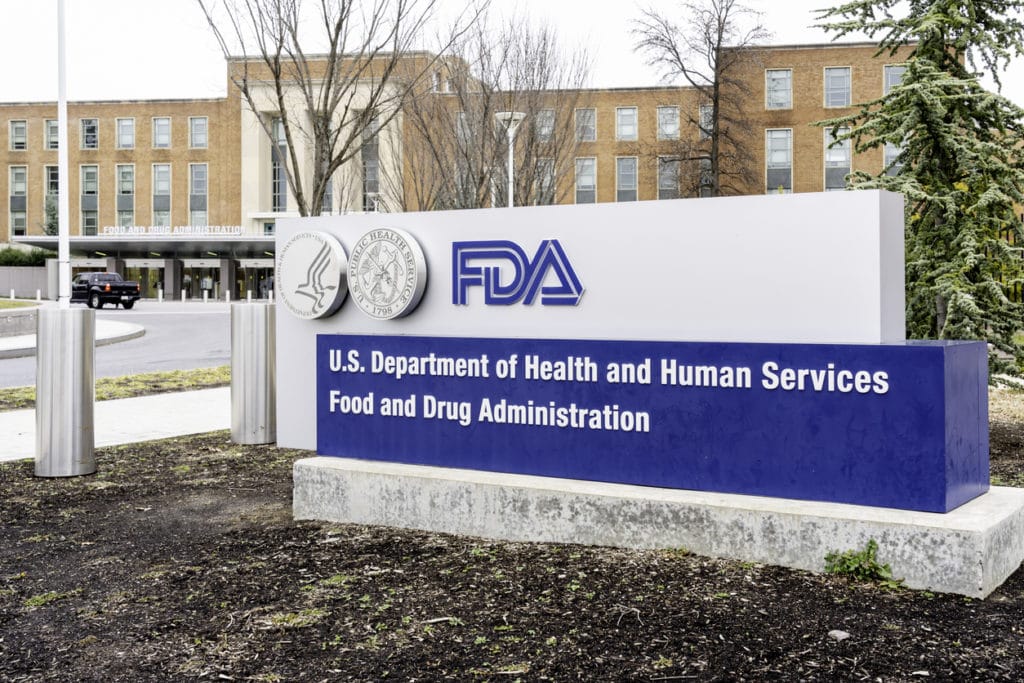
The FDA works to protect public health by regulating the safety of food, drugs, medical devices, and other consumer products. This organization is also part of HHS, and is considered responsible for advancing public health by facilitating and accelerating innovation that makes medical products more safe and effective. The FDA’s COVID-19 information center can be found here. Other ways to follow the FDA’s updates and information include:
3) National Institutes of Health (NIH)

The purpose of the NIH is to expand medical and scientific knowledge that can be used to protect and improve public health. They do this by conducting and funding biomedical research. Like all the federal organizations we’ve mentioned so far, the NIH is part of HHS. The NIH’s COVID-19 information center can be found here. Other ways to follow the NIH’s updates and information include:
4) The United States Department of Health and Human Services (HHS)
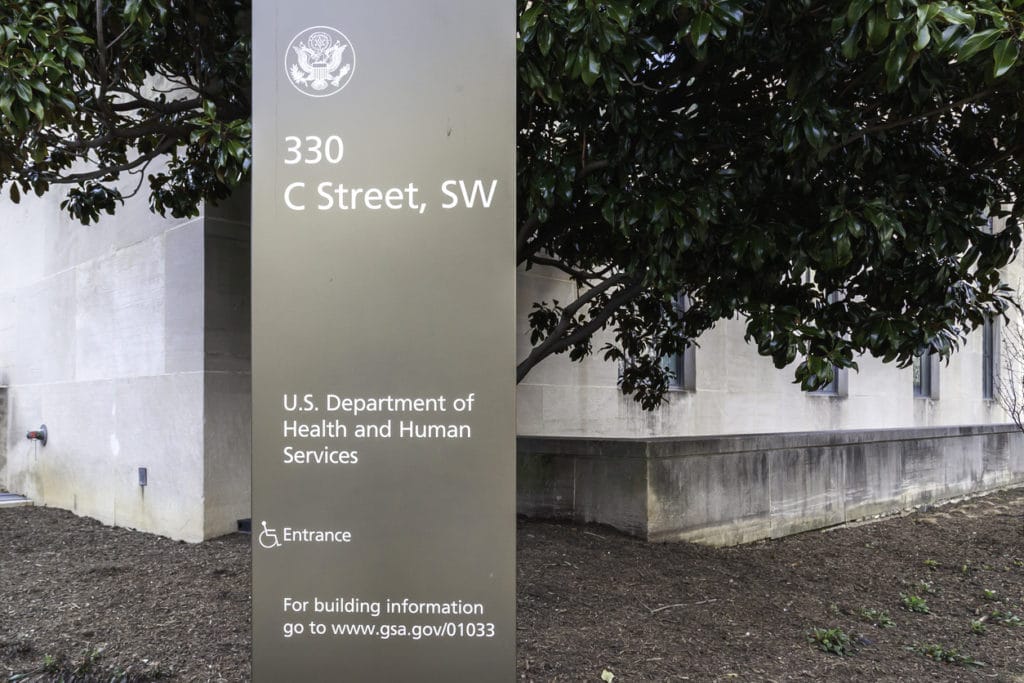
The HHS is designed to protect and enhance the well-being of all Americans by providing health and human services, and supporting advances in public health, medicine, and social services. The CDC, the FDA, and the NIH are all part of the HHS. The HHS’s COVID-19 information center can be found here. Other ways to follow the ’s updates and information from the HHS include:
State COVID-19 information resources
Every U.S. state and territory has its own health department. These agencies are responsible for state-level public health. In addition to providing the latest news on the pandemic, these agencies are also providing announcements and updates on state-level “stay-at-home” orders. On March 19, California Governor Gavin Newsom was the first to issue this type of executive order. Since then, many other states have followed suit.
It’s important to check your state’s department of health website regularly for the most up-to-date instructions and information. The full list of state health department websites can be found here.
The CDC is updating a map with the number of reported cases per state here. Clicking on your state on the map will also take you directly to your state’s health department website.
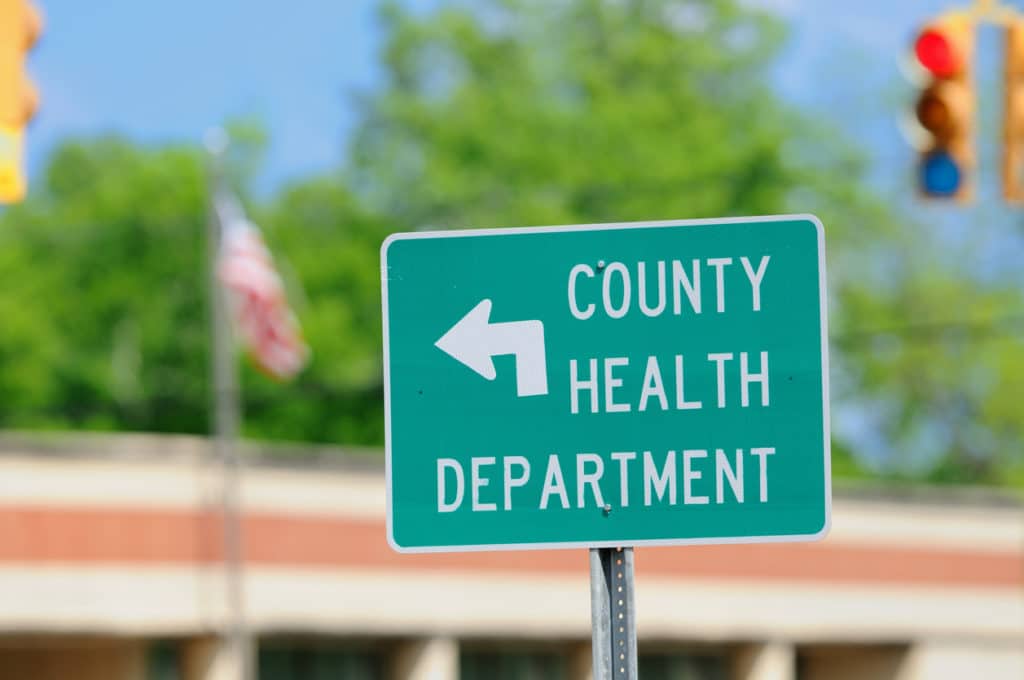
Local COVID-19 information resources
Health departments also exist on the county and city level. There are approximately 3,000 local health departments across the U.S. Amid the COVID-19 pandemic, local officials have been working tirelessly to coordinate efforts and make decisions on how their county or city will respond to the crisis. Certain “stay-at-home” directives have been issued on the city and county level. Your local health department website will keep you informed of what’s happening in your area.
For example, the San Francisco Department of Health is providing updated information and instructions here. To find your city or county health department’s website search the internet for “[your city/county] health department.”
The National Association of County and City Health Officials (NACCHO) maintains a comprehensive directory with contact information for your local health department officials.
Your responsibility
We all have a responsibility to ensure that the news we’re consuming — and the decisions we’re making based on that information — is accurate and reliable. As the COVID-19 pandemic develops, it’s important for you to stay informed of what your local, state, and federal officials are asking you to do. To keep yourself and your community safe, remember to second-guess questionable information you read on social media, and check these trustworthy and reputable resources for the latest information.
This article originally appeared on GoodRx.com

Ellie Riley
Consumer Editor
Research team at GoodRx.

